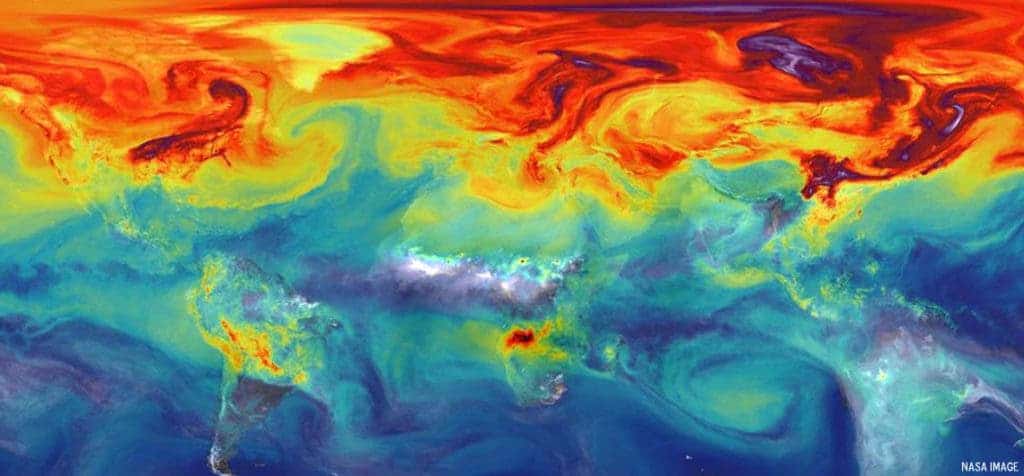Strap in, lads and lasses. A new study warns that even if we do everything right from now on, runaway climate change is a real possibility.
Earth risks entering a ‘hothouse’ even if we meet the emission targets set under the Paris accord, an international team of researchers warns. Under such a scenario, global average temperatures will be 4-5℃ (7-9℉) higher than pre-industrial levels, and sea levels will be 10 to 60 meters (33 to 200 feet) higher than today. But, perhaps most worryingly, such a situation would be self-enforcing, with warmer climate driving further environmental changes that heat up the globe.
Run amok
Back in 2016, most of the world’s countries agreed to band together and work to limit climate change to “well below” 2°C (3.6°F) relative to pre-industrial levels — ideally, the document read, we should strive for under 1.5°C. This temperature was chosen as it was believed to be a tipping point for the climate — so common wisdom held that as long as we didn’t exceed that number, we should be fine.
However, the new paper suggests we might not be as safe as we believed using the 2°C mark. This threshold might be enough to trigger other processes that, in turn, will keep driving up temperatures even in the absence of new emissions, the authors report. These include permafrost thaw, the loss of methane hydrates from the ocean floor, weaker land and ocean carbon sinks, the loss of Arctic summer sea ice, the reduction of Antarctic sea ice and polar ice sheets, and a few others we probably don’t even know of yet.
We’re currently just a tad over 1°C above pre-industrial levels. This temperature rising by roughly 0.17°C per decade.
“These tipping elements can potentially act like a row of dominoes. Once one is pushed over, it pushes Earth towards another,” says Johan Rockström, executive director of the Stockholm Resilience Centre and paper co-author.
“It may be very difficult or impossible to stop the whole row of dominoes from tumbling over. Places on Earth will become uninhabitable if ‘Hothouse Earth’ becomes the reality.”
Rockström’s team — with members from the Stockholm Resilience Center, the University of Copenhagen, Australian National University and the Potsdam Institute for Climate Impact Research — reviewed existing literature dealing with various feedback processes and write that many of them can serve as ‘tipping elements’.
Natural feedback mechanisms work to amplify themselves. For example, a rainforest helps maintain high humidity and precipitation levels for itself. If someone comes and cuts down the rainforest, however, the ecosystem loses its equilibrium and the feedback mechanism slowly gets weaker. The same process that once promoted humidity eventually gets turned on its head, Rockström explains, driving ever-more arid conditions. Eventually, the rainforest turns into a savanna and releases the carbon stored in its biomass.
If a critical threshold is crossed, they add, several such tipping points will compound all over the globe and lead to abrupt change.
We don’t exactly know where this threshold sits at. It could be very far off — but it could also be just below 2°C.
Avoiding the hothouse state requires more than just slashing greenhouse gas emissions, the paper adds. We need to make a concerted effort, including improved forest, agricultural, and soil management, biodiversity conservation, and carbon storage.
The report hit the presses amid a record-shattering heatwave that gripped Europe, with temperatures recorded in excess of 40°C (104°F). With it came drought and wildfires — including forest fires that claimed the lives of 91 people in Greece in July. Against this backdrop, the warning seems even more critical.
“This paper gives very strong scientific support […] that we should avoid coming too close or even reaching 2 degrees Celsius warming,” Rockström added for Live Science.
The paper “Trajectories of the Earth System in the Anthropocene” has been published in the journal Proceedings of the National Academy of Sciences.










